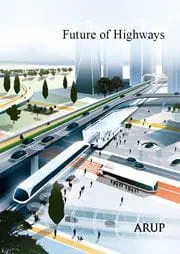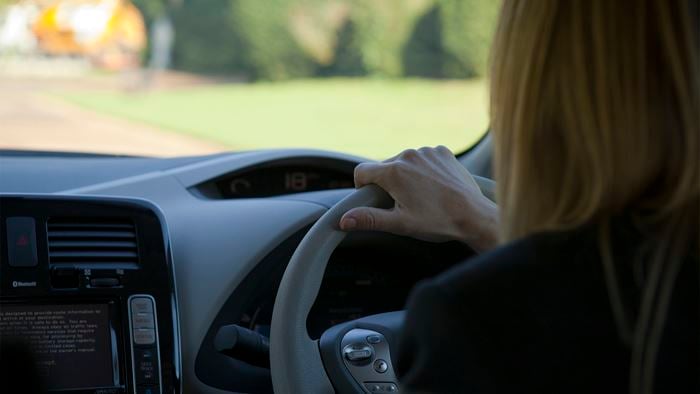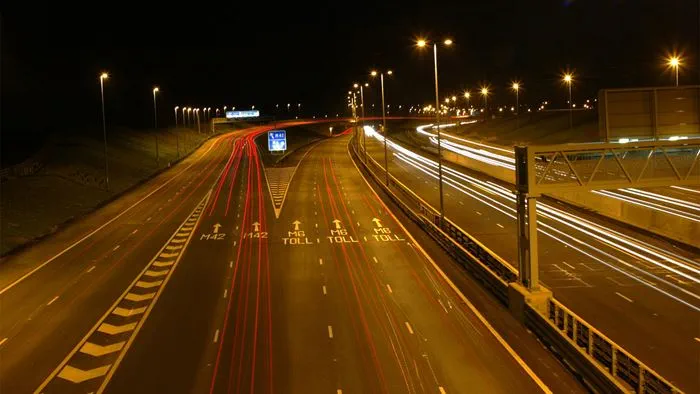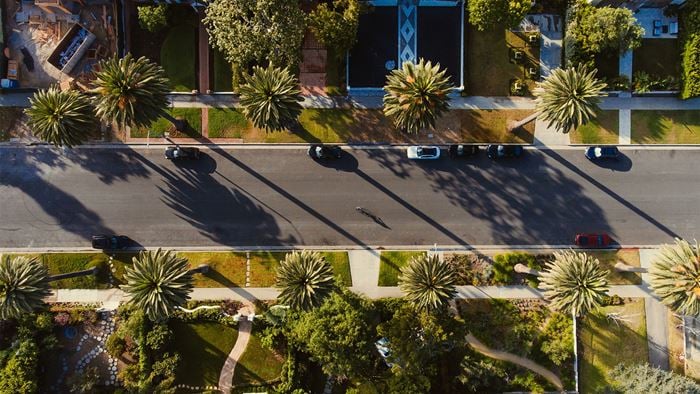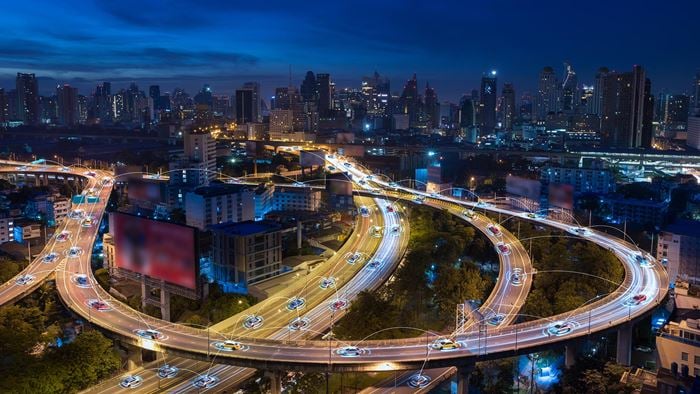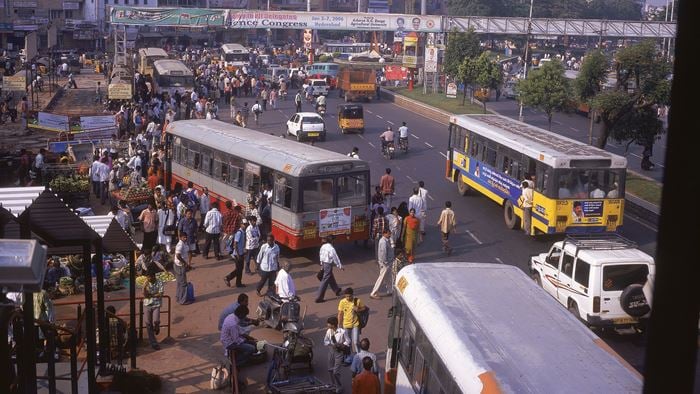Imagine if you could make a seamless, integrated journey by electric bus, driverless car and bike hire – all paid for easily through your smartphone. Imagine if the highway beneath your car repaired itself, reducing disruptive road works. Imagine temperature-sensitive road markings that warn you of icy conditions, a car park that doubles as a solar panel, or pavements that turn footsteps into electricity.
These are some of the scenarios we envisage in our new report, Future of Highways. The publication explores the forces that are shaping roads, now and in the future: climate change, urbanisation, technological innovation, demographic shifts and the changing behaviours of travellers.
Understanding these trends is key to radically rethinking travel and future-proofing our highways. It’s something Arup is considering now because we want to see a future where road networks are safe, accessible and interconnected. In this future, vital road infrastructure will enable economic growth; it will be resilient, energy-efficient and sustainable.
A vision of the future
What’s driving the change? More cars, for one thing – the world’s vehicle count is expected to grow by 3% every year until 2030. Many of these vehicles will take to the streets of megacities, because the proportion of people living in cities will hit 75% by 2050. This means cities can no longer be designed around cars; vehicles must fit into cities.
New technologies will open up new possibilities. For example, concrete that uses bacteria to heal cracks could significantly reduce the cost of a structure. Roads could become giant solar panels and recharge cars wirelessly as they travel. They could even include LED lighting and heating elements to melt ice and snow.
Growing, ageing and more affluent populations will choose different ways to travel. Why bother with the hassle and expense of owning a car when you can pay just for the time it takes a smart, driverless, electric car to take you safely to your destination?
Climate change and the increasingly stringent regulations needed to mitigate its impact will also make it more and more important to plan and operate resilient, low-carbon infrastructure. With concrete production contributing 7% of global CO2 emissions, extending the life of infrastructure could make a considerable impact.
Much of the innovation needed to address these challenges is already happening. The ideas in the Future of Highways aren’t science fiction. The report contains real-world case studies of radical design and forward-thinking technology.
For example, the report looks at how the town of Milton Keynes in the UK is charging electric buses wirelessly in a trial led by Mitsui and Arup. It also explores our work with The Crown Estate and Land Securities using centres to consolidate and then deliver goods to shops on London’s Regent Street by electric vehicle, taking diesel delivery vans off the road.
“The long-term goal will be to create an integrated transport network with seamless connections to multiple modes, including cars, buses, rail, and non-motorised transport. By thinking across modes, we can move towards a connected, low-carbon future.” ”
Mike Evans Global Highways Leader and European Transport Leader
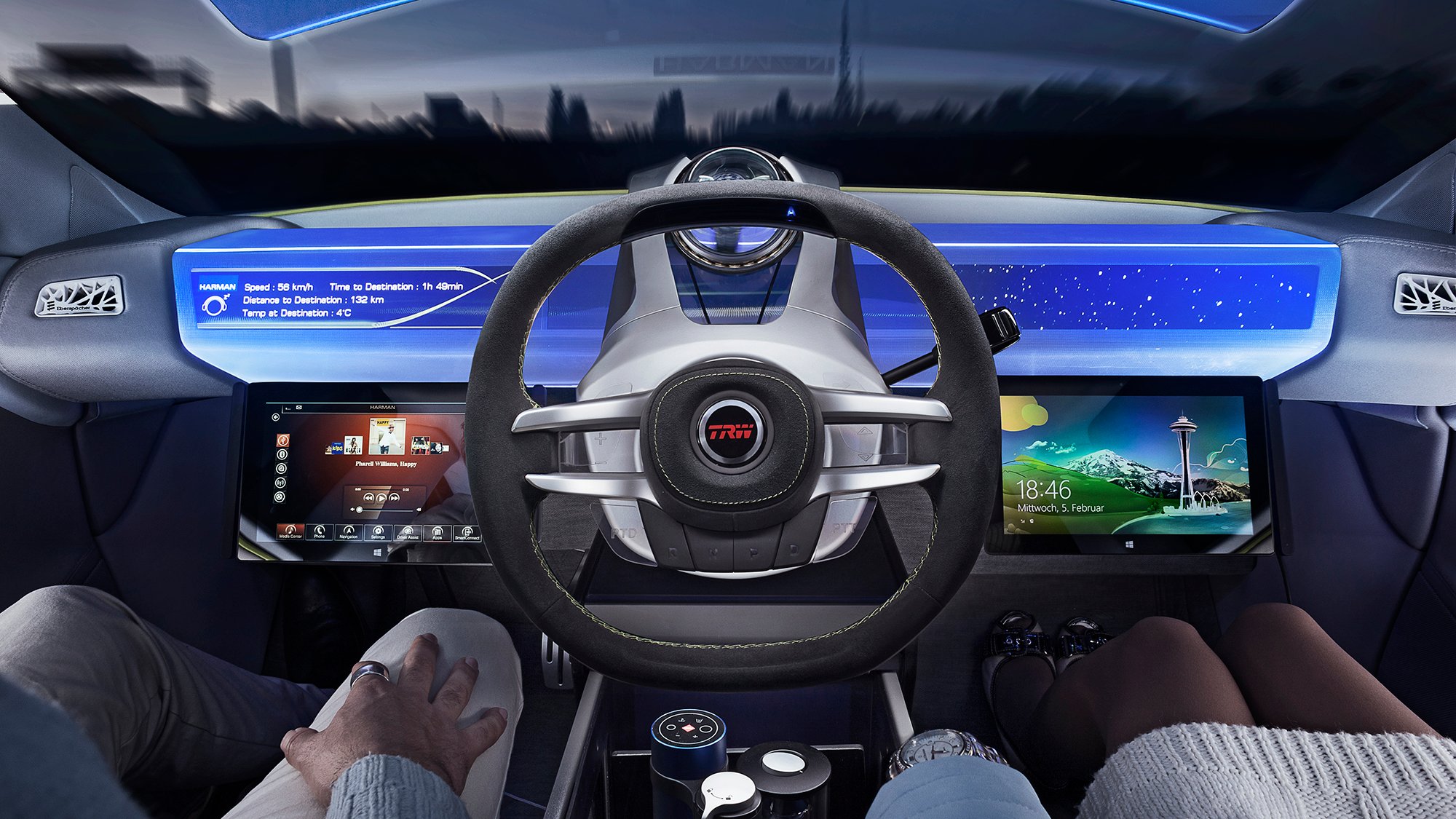 ;
;


